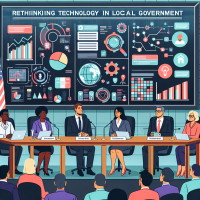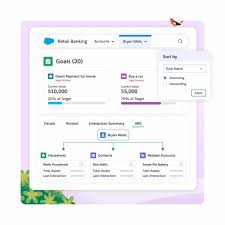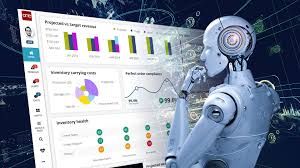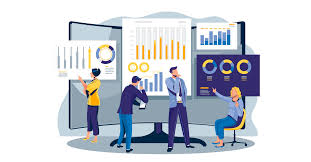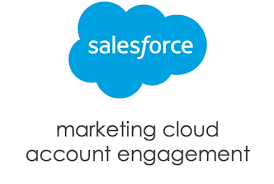Revolutionizing Time Series AI
Revolutionizing Time Series AI: Salesforce’s Synthetic Data Breakthrough for Foundation Models Revolutionizing Time Series AI. Time series analysis is hindered by critical challenges in data availability, quality, and diversity—key factors in building powerful foundation models. Real-world datasets often suffer from regulatory constraints, inherent biases, inconsistent quality, and a lack of paired textual annotations, making it difficult to develop robust Time Series Foundation Models (TSFMs) and Time Series Large Language Models (TSLLMs). These limitations stifle progress in forecasting, classification, anomaly detection, reasoning, and captioning, restricting AI’s full potential. To tackle these obstacles, Salesforce AI Research has pioneered an innovative approach: leveraging synthetic data to enhance TSFMs and TSLLMs. Their groundbreaking study, “Empowering Time Series Analysis with Synthetic Data,” introduces a strategic framework for using synthetic data to refine model training, evaluation, and fine-tuning—while mitigating biases, expanding dataset diversity, and enriching contextual understanding. This approach is particularly transformative in regulated sectors like healthcare and finance, where real-world data sharing is heavily restricted. The Science Behind Synthetic Data Generation Salesforce’s methodology employs advanced synthetic data generation techniques tailored to replicate real-world time series dynamics, including trends, seasonality, and noise patterns. Key innovations include: These methods enable controlled yet highly varied data generation, capturing a broad spectrum of time series behaviors essential for robust model training. Proven Benefits: How Synthetic Data Supercharges Model Performance Salesforce’s research reveals significant performance gains from synthetic data across multiple stages of AI development: ✅ Pretraining Boost – Models like ForecastPFN, Mamba4Cast, and TimesFM showed marked improvements when pretrained on synthetic data. ForecastPFN, for instance, excelled in zero-shot forecasting after full synthetic pretraining. ✅ Optimal Data Blending – Chronos found peak performance by mixing 10% synthetic data with real-world datasets, beyond which excessive synthetic data could reduce diversity and effectiveness. ✅ Enhanced Evaluation – Synthetic data allowed precise assessment of model capabilities, uncovering hidden biases and gaps. For example, Moment used synthetic sinusoidal waves to analyze embedding sensitivity and trend detection accuracy. Future Directions: Overcoming Limitations While synthetic data offers immense promise, Salesforce identifies key areas for improvement: 🔹 Systematic Integration – Developing structured frameworks to strategically fill gaps in real-world datasets.🔹 Beyond Statistical Methods – Exploring diffusion models and other generative AI techniques for richer, more realistic synthetic data.🔹 Fine-Tuning Potential – Leveraging synthetic data adaptively to address domain-specific weaknesses during fine-tuning. The Path Forward Salesforce AI Research demonstrates that synthetic data is a game-changer for time series analysis, enabling stronger generalization, reduced bias, and superior performance across AI tasks. While challenges like realism and alignment remain, the future is bright—advancements in generative AI, human-in-the-loop refinement, and systematic gap-filling will further propel the reliability and applicability of time series models. By embracing synthetic data, Salesforce is laying the foundation for the next generation of AI-driven time series innovation—ushering in a new era of accuracy, adaptability, and intelligence. Like Related Posts Salesforce OEM AppExchange Expanding its reach beyond CRM, Salesforce.com has launched a new service called AppExchange OEM Edition, aimed at non-CRM service providers. Read more The Salesforce Story In Marc Benioff’s own words How did salesforce.com grow from a start up in a rented apartment into the world’s Read more Salesforce Jigsaw Salesforce.com, a prominent figure in cloud computing, has finalized a deal to acquire Jigsaw, a wiki-style business contact database, for Read more Service Cloud with AI-Driven Intelligence Salesforce Enhances Service Cloud with AI-Driven Intelligence Engine Data science and analytics are rapidly becoming standard features in enterprise applications, Read more





